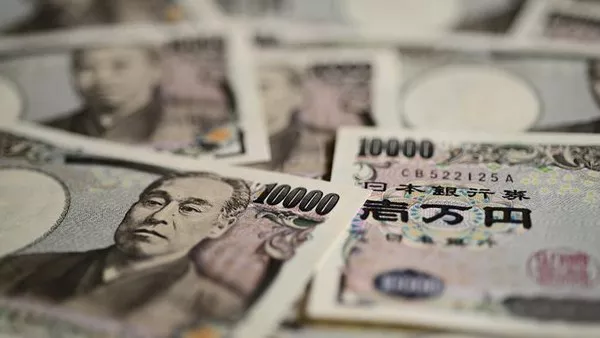EUR/JPY weakened at the start of the week and moved further away from its highest level since September 2008, around the 159.20 area touched on Friday. Spot prices fell to the 158.25 area in Asia, falling for the second day in a row, but any meaningful corrective decline remains elusive.
The market expects that the weakness of the yen today may trigger short-term intervention by the Japanese authorities and even lead to intervention in the foreign exchange market, which has become a key factor that is negative for the euro/yen. In addition, the overall decline in Asian stock markets boosted the safe-haven yen and put downward pressure on spot prices. Against the backdrop of deteriorating economic conditions in China and intensified geopolitical conflicts between China and the United States, geopolitical risks have weakened investors’ appetite for risky assets and prompted some safe-haven funds to flow to the yen.
It’s worth recalling that U.S. President Joe Biden last week signed an executive order banning new U.S. investment in China in sensitive technologies such as computer chips and requiring government notifications in other technology areas. Separately, Taiwan’s Vice President Lai Ching-teh departed for a sensitive visit to the United States on Saturday, which China condemned. In addition, Taiwanese officials worried that the trip could prompt more Chinese military activity around the democratically governed island. Meanwhile, China’s Ministry of Commerce announced that it would impose anti-dumping duties on polycarbonate imports from Taiwan starting August 15.
On the geopolitical front, a Russian warship fired warning shots at a cargo ship in the southwestern Black Sea on Sunday, further dampening investor appetite for riskier assets. Still, the BOJ’s dovish stance could cap further gains in the yen and help limit downside in EUR/JPY crosses, at least for now. Indeed, policymakers have emphasized that the measures taken in July to make the Bank of Japan’s yield curve control (YCC) policy more flexible and allow the 10-year JGB yield to rise to 1% were merely a technical adjustment, Designed to extend the validity of stimulus policies.
In contrast, the ECB has raised borrowing costs by 425 basis points since the end of July. In addition, the market is still pricing in a greater probability of another rate hike at the end of the year. That leaves a wide policy divergence between the two central banks, supporting the prospect of bargain hunting. Therefore, before confirming that the spot price has peaked in the short term and betting on its rebound and callback, it is prudent to wait for strong follow-up buying to appear.


